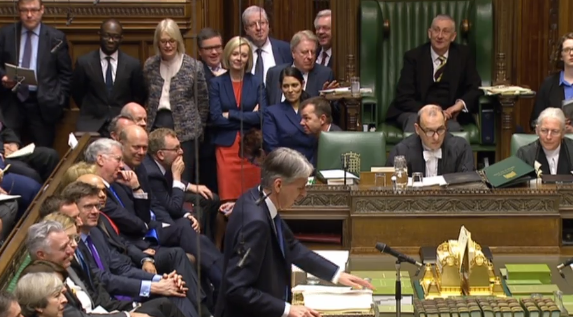
Following Phillip Hammond’s budget announcement today, we take a look at the affect it will have on the defence and security industry.
Speaking at the weekend, the Chancellor said he was opting for a cautious budget, keeping “reserves in the tank” for post Brexit, and today hailed a British economy that is both resilient and robust, outstripping countries such as the US and France and second only to Germany.
The Budget did not reveal any new surprises for the defence industry, with the plans from last year’s Spending Review holding firm.
Last year the Spending Review gave the first real increase in defence spending in six years, with the Government committing to increasing defence budget by 0.5% above inflation every year until 2021. The UK will also continue to meet NATO’s target of 2% GDP spend on defence for the rest of the decade.
Therefore April 2016 saw the core defence budget increasing by £800M to £35.1Bn. With the MOD also receiving £2.1Bn from the Joint Security Fund by the end of this Parliament, the Defence budget will increase by nearly £5Bn to £39.7Bn in 2020/21.
2017/8 will see the defence spend rise in line with the Spending Review to £36Bn.
We have already seeing the dividends of an increased budget, with contracts for the new F-35 and Type 26 Frigates amongst others, and development of the National Cyber Security Centre.
Increasing the budget gives the MOD the opportunity to invest in better equipment for troops, and making for a more efficient and effective force.
All savings from efficiencies and reprioritisation will be reinvested in the defence budget, enabling £9.2bn to be invested in new capability over the Spending Review period.
With worries and uncertainty over Brexit, the fall in the value of the pound has led to overseas purchases becoming more expensive, and the defence spend will have to accommodate this.
If you would like to join our community and read more articles like this then please click here








